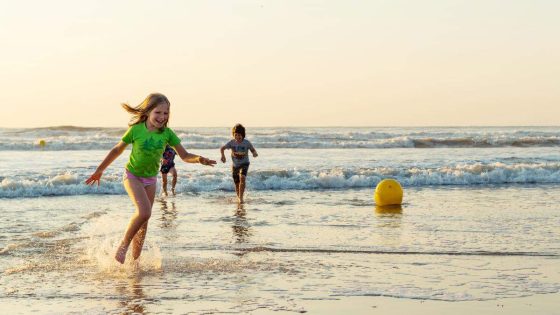The small weever fish is causing quite a stir along the Belgian coast as reports of painful stings rise sharply. Known for its venomous spines, this 10 to 15-centimeter fish buries itself in the sandy seabed and surf zone, making accidental encounters likely. On 2025-07-03 14:36:00, authorities noted an unusual surge in incidents, raising concerns among beachgoers and lifeguards alike.
- Kleine pieterman leeft ingegraven in zeebodem
- 157 steken gemeld in zomermaanden vorig jaar
- Pieterman populatie zeven keer toegenomen dit jaar
- Warme watertemperaturen bevorderen pieterman aanwezigheid
- Steek veroorzaakt felle pijn en zwelling
- Wonde onderdompelen in warme vloeistof aanbevolen
Last summer, lifeguards recorded 157 stings during July and August alone. This year, only days into the holiday season, about twenty cases have already been reported. With the small weever now seven times more abundant than in previous years, is the risk of stepping on one becoming a new norm for Belgian beach visitors?
Understanding why these fish are suddenly so common and how to protect yourself is crucial as the summer heats up. Let’s explore the implications for those enjoying Belgium’s North Sea coast.
Why has the small weever population surged, and what does this mean for beach safety? Warmer sea temperatures appear to be a key factor, but other causes may exist. Consider these points:
- The North Sea’s temperature reached an unusually high 22°C early this summer, favoring the weever’s habitat.
- Encounters are now 10 to 15 times more likely than in the late 1990s, with one fish per 70 square meters on average.
- Stings cause intense pain and swelling; immediate treatment with warm water or a hairdryer is recommended.
- Preventive measures like wearing water sandals can significantly reduce sting risks.
As the season progresses, will Belgian authorities increase public awareness campaigns about the small weever? Meanwhile, beach visitors are encouraged to stay vigilant and protect their feet to enjoy the North Sea safely. After all, isn’t a worry-free beach day worth a little extra caution?































